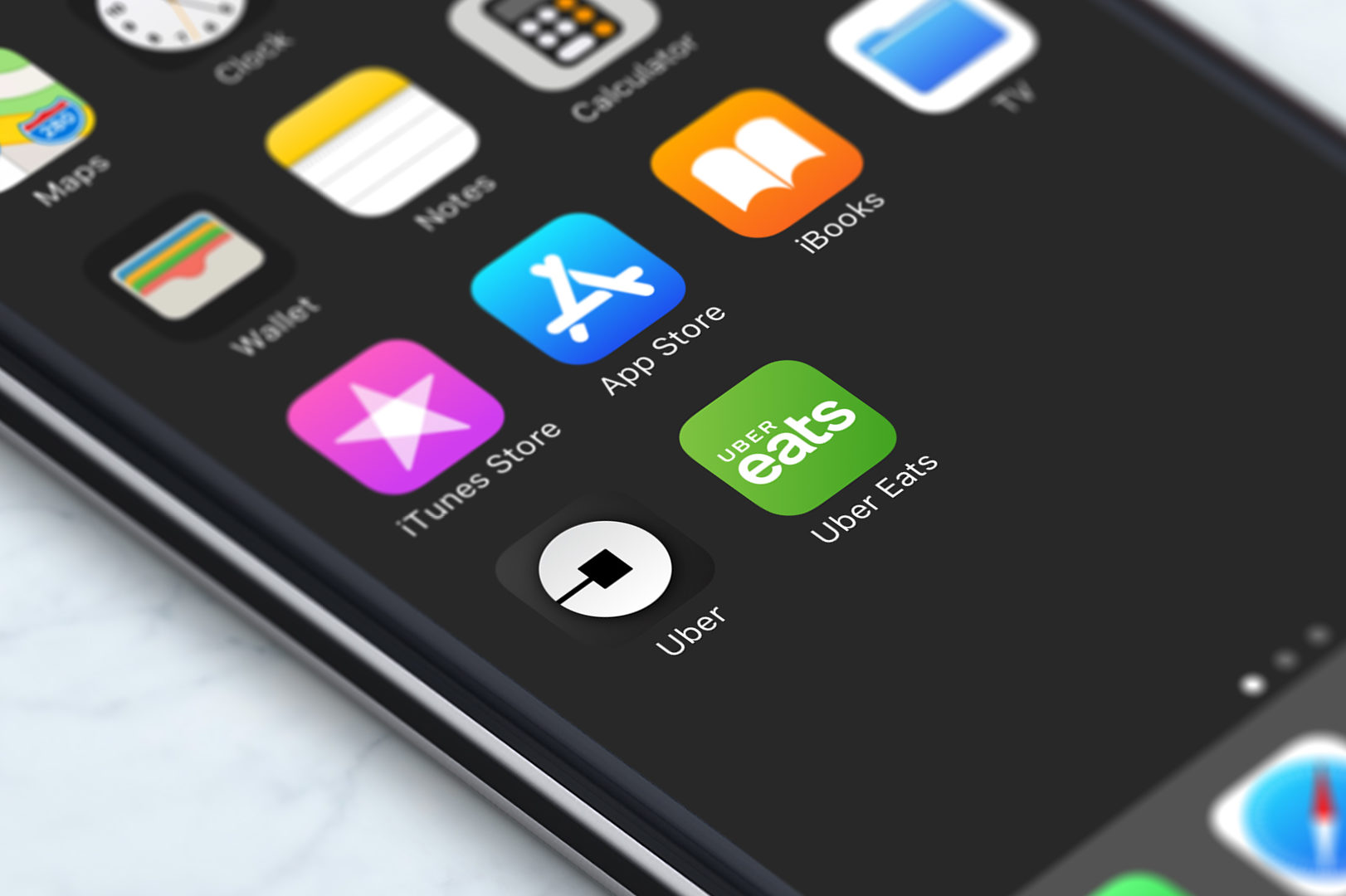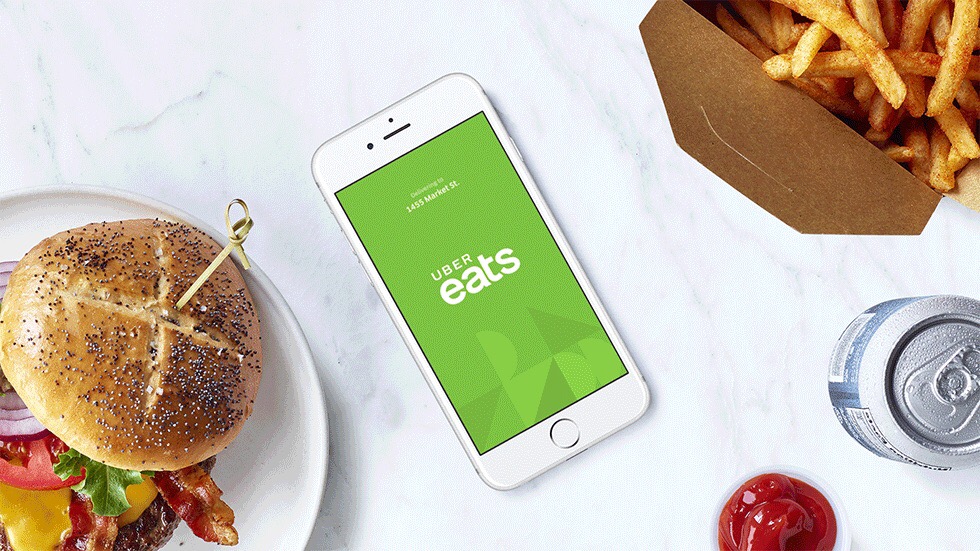Uber Eats Celebrates Its Second Anniversary With a Rebrand

Skift Take
On its second anniversary, Uber Eats is freshening its look, according to Jeanette Mellinger, head of research at the company. The new look and logo, she says, are meant to “reflect the endless possibilities of food.” UberEats is now in 200 cities worldwide, with 80,000 restaurant partners, up from 20,000 just over a year ago.
The refreshed app, released today worldwide, features a new logo — ”eats” is featured much more prominently in its design, and they’ve ditched the fork in a nod to the app’s increasingly global audience. “We’ve adopted this idea of endless possibilities as our brand strategy,” said Chris Brown, Uber Eats global creative director. “We’ve updated our brand style with with geometric shapes, perfect for telling stories about the endless possibilities in types of food, times of day, and situations.”
“We don’t just want to make eating effortless, we want it to be good for anyone,” Mellinger told Skift Table. This includes optimizing the app to reflect the needs of eaters, restaurants, and delivery partners around the world, with an emphasis on what she dubbed “practical eating,” defined as the everyday, non-special-occasion eating.
The last few months, Mellinger continued, have been a time of reflection and wanting to turn over a new leaf — likely referring to the barrage of negative headlines about Uber and its former leadership. Amid all of the tumult, Uber Eats has been growing quickly, as the New York Times pointed out earlier this year, operating with a profit in many of the markets it serves — sometimes even eclipsing Uber’s main ride-sharing business.
Recently, Uber Eats added new features, including in-app ratings and dynamic, personalized menus. The company has also touted its work with restaurants, providing actionable performance data and even identifying new concepts in the form of virtual restaurants that could thrive in certain markets.
“It’s in Uber’s DNA to make logistics easier for people,” said Mellinger. “To enable people to overcome unnecessary friction or logistics in their lives in order to be connected to the lives they want to lead.”





